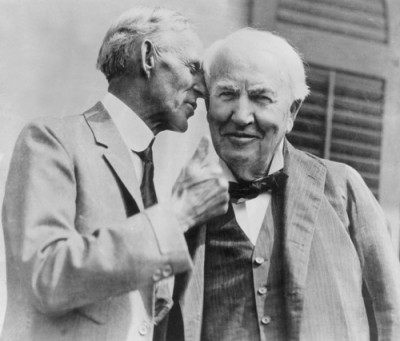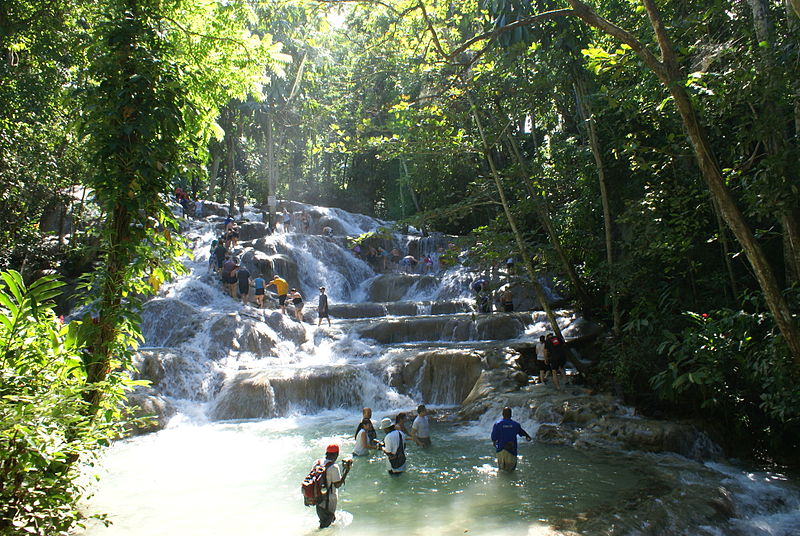This overview of Argentina – its geography, its economy, its culture, and its people, and a recipe, too – was prepared by Melissa Cobb while an accounting student in the College of Business at Southeastern Louisiana University.

Introduction
Argentina is a dynamic country and a vacationer’s paradise. It is rich in culture, has an abundance of lively cities and is engrossed with beautiful landscapes that will take your breathe away. Argentina is a country where you can travel to and experience every terrain all at the same time. You can go hiking in the mountain, walk through the lush forests, relax on the beach or take a dip in the sea. Taking a stroll through the towns is an experience in itself as well. Dance, music and religion are the embodiment of Argentina’s culture. It’s everywhere and to see it first hand would be thrilling. Another pleasing experience that would bring joy to your palette would be to experience their food first hand. They use a lot of fresh products and use their land to the fullest. Black Beans a la Olla is one of their many side dishes that exhibit a lot of color and flavor.
Country Information
· Geographic Facts

Here are three geographic facts about Argentina:
1. Argentina is the second largest country in South America. It measures 2,400mi north to south and 870mi east to west.
2. The Andes Mountains lie on Argentina’s west border along with Chile, the Atlantic Ocean borders the south and east while Uruguay and Brazil border it to the north.
3. Argentina is known as the “land of six continents” because of the vast diversity of the countries terrain. The 4 major areas are the Pampas (the central plains), the southern plateau of Patagonia (flat to rolling), Northern flats of the Gran Chaco (subtropical), and the rugged Andes Mountain along the west.

· 3 “Serious” Facts
Here are three serious facts about Argentina:
1. Spanish is the native language and Roman Catholic is Argentina formal religion. Until 1994, every president elected had to be Roman Catholic himself.
2. Argentina is a founding member of the United Nations, MERCOSUR, and the Union of South American nations.
3. Argentina is ranked 3rd in South America in total population and 33rd globally. The population estimated for 2009 was 40,134,425 people.
3 “Fun” Facts
Here are three fun facts about Argentina:
1. The Tango dance originated in Argentina and is an embodiment of their culture. There is a Tango festival held every year at the capital of Argentina, Buenos Aries.
2. Argentina is referred to as the “land of silver” because of the Latin word Argentum (translated is silver).
3. Argentina is a major producer of motion pictures. There are roughly 80 titles produced annually by the local film industries.
A “Potpourri” Item
Here is an unusual fact (or two or three) about Argentina:
1. Argentina has been where some of the oldest and largest dinosaur fossils have been discovered.
2. The southern regions of Argentina typically experience long periods of daylight, up to 19 hours, between November and February. Between May to August they experience extended nights.
3. Argentina was one of the 1st countries to have radio broadcasting. It originated in August 1920, with only 20 people having receivers at the time.
Food Information

· Recipe
Ingredients:
2 tablespoons olive oil 2 tomatoes, diced
2 large onions, diced 2 teaspoons ground cumin
6 cloves garlic, chopped ½ teaspoon cayenne pepper
1 (19oz) can black beans, ¾ cup chopped fresh cilantro
rinsed and drained ½ cup chopped green onions
1 (16oz) can tomato sauce ¼ cup chopped fresh cilantro
Directions:
1. Heat the olive oil in a large pot over medium-high heat; cook the onions and garlic in the oil until the onions are translucent, 5-7 minutes
2. Stir in the black beans, tomato sauce, diced tomatoes, cumin and cayenne pepper; reduce heat to medium-low and simmer 5 minutes
3. Add ¾ cup cilantro and simmer another 2 minutes
4. Stir in the green onions and remove from heat
5. Garnish with ¼ cup cilantro
This recipe has been brought to you by:
http://allrecipes.com/Recipe/Black-Beans-a-la-Olla/Detail.aspx
· My Kitchen Story
My experience making this recipe was a good one. I especially liked how it uses a lot of fresh vegetables and seasonings. Most of the prep time went towards cutting up the onions, tomatoes and cilantro. Once I started combing all the ingredients together and simmering at different points, each time the smell it gave off made my mouth water. I would definitely make this recipe again and use it for a side dish but sadly I would omit the fresh cilantro. Combined with different ingredients I am sure that it tastes good but when being chopped up it gave off a smell that didn’t sit right with my stomach. My husband tasted the recipe and had nothing but praises for it. He definitely enjoyed it.

+++++++++++++++++++++++++++++++++++++++++++++++++++++++++++++++
Contact Info: To contact the author of “A Taste of Argentina: A Recipe for Black Beans a la Olla,” please email marshai2@hotmail.com.
BIOGRAPHY
David C. Wyld (dwyld.kwu@gmail.com) is the Robert Maurin Professor of Management at Southeastern Louisiana University in Hammond, Louisiana. He is a management consultant, researcher/writer, and executive educator. His blog, Wyld About Business, can be viewed at
http://wyld-business.blogspot.com/. He also maintains compilations of his student’s publications regarding management concepts (
http://toptenmanagement.blogspot.com/), book reviews (
http://wyld-about-books.blogspot.com/), international foods (
http://wyld-about-food.blogspot.com/).
AN INVITATION TO WORK WITH US, TODAY!
If you enjoyed this publication, why not make one of your own with us! Are you a college or university student from anywhere in the world who would be interested in publishing your work in an edited online journal appropriate to your topic? Such a move can help put muscle into your resume and make a great impression on potential employers and graduate schools (and needless to say – and perhaps most importantly in the age in which we live – likely be the first thing that companies/universities view about you when “Googling” you)! If so, we can help you get that first publication for free (and more if you desire)! Visit Wyld Publishing Services (
http://wyldpublishingservice.yolasite.com/) for details. We can work with you to publish your quality essays, research articles/papers, reviews, etc. – and even audio and visual media and PowerPoint presentations – given our network of edited publications and relationship with publishers around the world who want to work with you and your work. Contact us today to get your work published at
dwyld.kwu@gmail.com.
++++++++++++++++++++++
















































